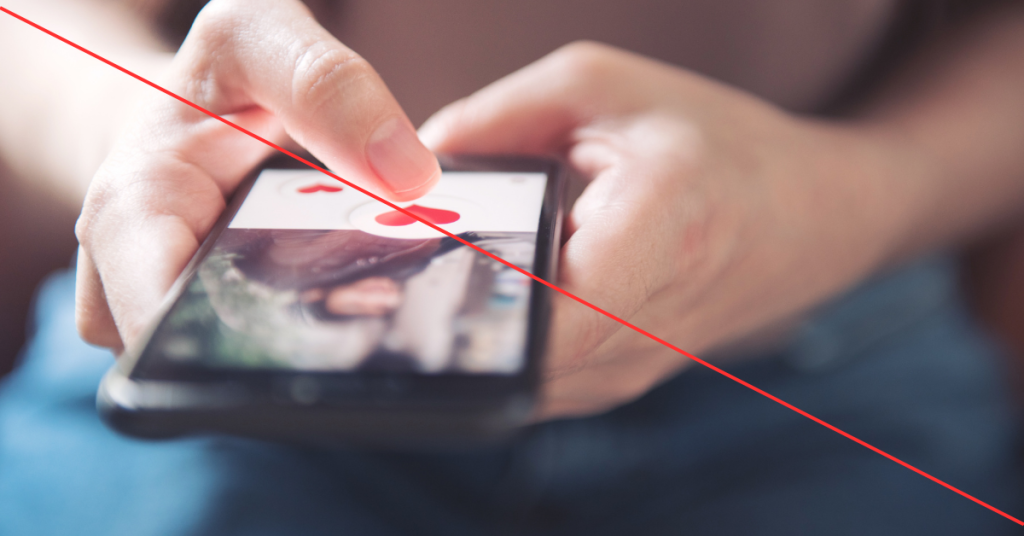In the age of swipes, likes, and instant messages, online dating has revolutionized how people meet and connect. But with this convenience comes a darker reality fake identities on dating apps. While technology brings people closer, it also opens doors for scammers and catfishers who exploit emotional vulnerability and digital trust. At DatingAdvisory.org, we believe in empowering users with the knowledge to navigate online romance safely.
The Alarming Growth of Fake Profiles
Fake identities are more than just prank accounts. They’re often the first step in elaborate scams designed to manipulate, defraud, or emotionally exploit unsuspecting individuals. Romance scammers create entirely fabricated personas—using stolen photos, fake names, and made-up life stories. Their goal? To gain trust, build emotional bonds, and eventually extract money or personal information.
According to the FBI’s Internet Crime Report, romance fraud caused over $700 million in losses in recent years. A significant number of these crimes began with fake profiles on dating platforms like Tinder, Bumble, Hinge, and others.
Why People Create Fake Identities
Understanding the motives behind fake identities can help users stay alert:
- Financial Gain: Most scammers are after money. They build emotional connections and fabricate crises to request funds.
- Emotional Manipulation: Some fake profiles seek validation, attention, or control over others.
- Identity Theft: Scammers often attempt to collect sensitive data such as home addresses, bank details, or identification numbers.
- Catfishing: Insecure individuals may pose as someone else for emotional satisfaction, despite having no malicious intent.
Signs of a Fake Identity
Detecting a fake profile early can save time, emotional investment, and financial risk. Look out for these red flags:
- Too Good to Be True Photos: If their pictures look like they’re from a fashion magazine, reverse image search them.
- Rapid Emotional Attachment: Scammers tend to move quickly, expressing deep feelings after just a few conversations.
- Avoidance of Video Calls: They make excuses to not appear live or avoid meeting in person.
- Inconsistent Stories: Pay attention to contradictions in their background, career, or timeline.
- Requests for Money or Gifts: No matter the reason medical emergency, travel, or visa fees this is a major red flag.

Protecting Yourself from Fake Identities
It’s possible to enjoy online dating while staying safe. Here are practical steps to protect yourself:
- Verify Their Identity: Use video chats to confirm they match their photos. Don’t rely on just social media links.
- Don’t Overshare Too Soon: Avoid revealing personal details like home addresses, financial information, or family dynamics.
- Use Reputable Apps: Stick to platforms with strong security, verification processes, and active reporting features.
- Report Suspicious Behavior: Most dating apps allow users to report fake or abusive profiles.
- Trust Your Instincts: If something feels off, it probably is.
Real-Life Example: A Wake-Up Call
Sara, a 35-year-old teacher, matched with “Michael,” a charming widower and business consultant. Over a month, he shared photos of his kids, claimed to be working overseas, and spoke of visiting her soon. Suddenly, he needed funds for a “business emergency.” Thankfully, Sara paused and searched his photos online—only to find they belonged to a model. Her caution prevented financial loss and emotional heartbreak.
How DatingAdvisory.org Can Help
At Dating Advisory, we are committed to promoting safe online dating practices. Our guides, checklists, and fraud alerts are designed to empower users with the tools they need to identify and avoid fake identities on dating apps. Whether you’re new to online dating or have experience, staying informed is your best defense.



